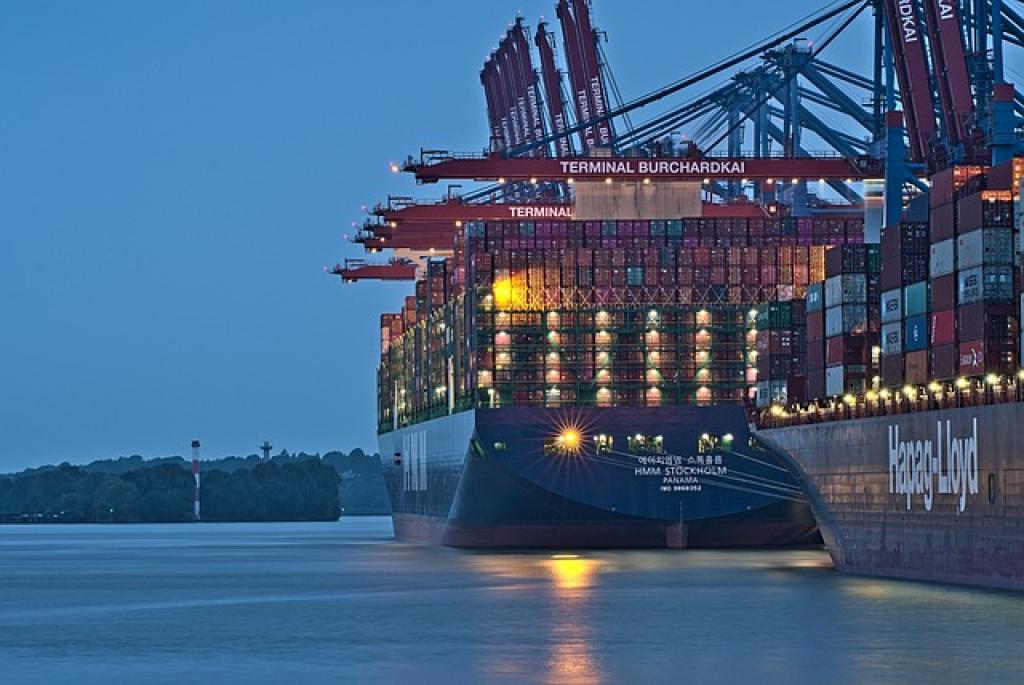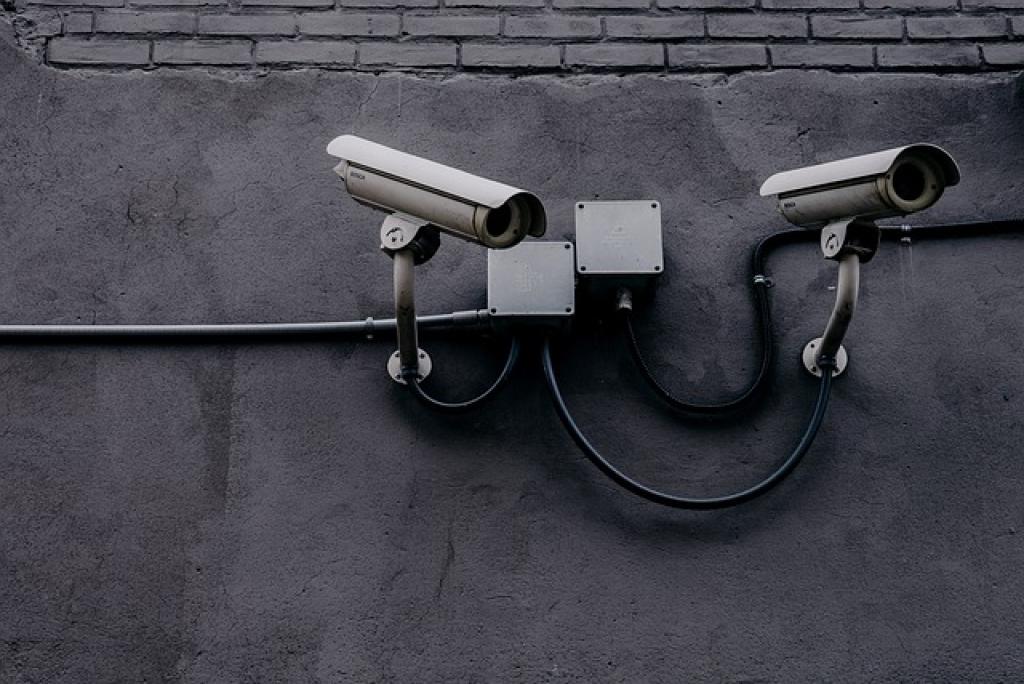
Ensuring Optimal Security Guard Coverage for Distribution Centers
In the hustle and bustle of distribution centers, safety and efficiency are paramount. These bustling hubs are the lifelines of supply chain operations, where timely delivery and protection of assets go hand in hand. Any lapse in security can result in significant losses and operational hiccups.
Strategic security guard coverage ensures that your distribution center remains a fortress against potential threats. From deterring theft to managing emergencies, a well-deployed security team is the first line of defense. Yet, the key to success lies in optimal coverage—having the right number of guards, in the right places, at the right times.
This involves more than just deploying personnel; it requires a deep understanding of the center’s layout, peak operational hours, and potential vulnerabilities. The challenges are ever-evolving, demanding flexibility and foresight from your security strategies.
Discovering the perfect balance in security coverage is not just about safeguarding physical assets—it’s about maintaining trust with partners and ensuring smooth operations. Let’s explore how to achieve this equilibrium effectively.
Understanding the Security Needs of Distribution Centers
Distribution centers are unique entities with varied security needs. Their vast size, constant activity, and valuable inventory make them vulnerable to a range of security threats, from theft and vandalism to unauthorized access and even cyber-attacks.
Identifying Vulnerabilities
To devise an effective security strategy, it’s crucial to identify the specific vulnerabilities of your facility. Examine areas like loading docks, storage zones, and entry points. Consider peak times when activity heightens risk levels and evaluate existing security measures to spot gaps or inefficiencies.
Security must extend beyond physical barriers. Access control systems, surveillance technologies, and cybersecurity measures are integral to ensure comprehensive protection. Ensuring these systems are up-to-date and working in harmony is essential to safeguard against both external threats and internal mishaps.
Finally, factor in the human element. Training staff to recognize potential security breaches and fostering a culture of vigilance can significantly enhance your security posture. An informed team acts as additional security asset, helping to identify and address potential issues before they escalate.
Understanding the diverse security needs of distribution centers is the first step toward devising a robust plan that aligns with the facility’s operational goals and threat landscape.
Assessing Vulnerabilities and Risk Factors
Identifying vulnerabilities and risk factors is the cornerstone of any effective security strategy. A thorough risk assessment provides insight into potential threats, guiding the allocation of resources and the formation of protective measures.
Key Areas of Concern
Begin by evaluating physical vulnerabilities. Assess structural weaknesses such as poorly lit areas, unmonitored entrances, or insufficient fencing. These elements can serve as gateways for unauthorized access, requiring bolstered defenses.
Next, consider internal risks. Insider threats, often overlooked, can significantly compromise security. Implement access controls and monitor sensitive areas to mitigate these concerns. Regular audits and employee background checks can further enhance trust and transparency.
External environmental factors also play a role. Proximity to high-crime areas or adverse weather conditions necessitates adaptive strategies. These might include reinforced shelter points or collaboration with local law enforcement for increased vigilance during high-risk periods.
Each facility will have its unique challenges, but a proactive, informed approach to assessing vulnerabilities ensures robust security coverage. By addressing these risk factors head-on, distribution centers can prioritize prevention and safeguard both assets and personnel.
Implementing Advanced Security Technologies
In the digital age, leveraging advanced security technologies is vital for robust protection of distribution centers. These innovations offer precise, real-time monitoring and enhance response capabilities, fortifying security efforts significantly.
Surveillance systems have evolved beyond static cameras. Modern setups feature high-definition, 360-degree views with night vision capabilities and motion detection. They provide constant eyes on critical areas, ensuring immediate identification of suspicious activities.
Access control systems have also advanced. Biometric scanners, smart card systems, and mobile credentialing reduce the risk of unauthorized access by distinctly verifying identities. These systems can be seamlessly integrated with time management tools, offering operational efficiencies alongside security.
Alarm systems now benefit from smart technologies. They can be customized to send instant alerts to security teams and local authorities, significantly reducing response times. Coupled with analytics and AI, they provide predictive insights into potential security breaches before they occur.
Investing in these technologies should align with the distinct needs and scale of your distribution center. By embracing these cutting-edge solutions, facilities can not only bolster their security apparatus but also build a resilient environment equipped to address future challenges.
Optimizing Security Guard Schedules and Rotations
In ensuring optimal security for distribution centers, effective scheduling and rotation of security personnel are paramount. Thoughtful planning not only mitigates fatigue and complacency among guards but also sharpens their vigilance and responsiveness.
Start by aligning guard schedules with peak operational hours and identified risk periods. A dynamic rotation schedule ensures that fresh eyes are always on duty, enhancing alertness and diminishing the chances of incidents going unnoticed. Flexibility in guard deployment allows for seamless adjustments in response to changing conditions or heightened threats.
Regular rotations also bring the added benefit of familiarizing guards with different areas of the facility. This comprehensive knowledge enhances their ability to spot anomalies and report unusual activities efficiently. Offering rotational variety is engaging for personnel, fostering improved job satisfaction and retention.
Moreover, integrating technology with scheduling can further streamline operations. Utilizing software for automated scheduling and real-time adjustments minimizes errors and ensures optimal coverage. This tech-driven approach paves the way for data-informed decisions, ensuring resources are used most effectively.
In conclusion, the balance of human oversight and technological assistance is crucial for safeguarding distribution centers. By optimizing security guard schedules and rotations, facilities can expect not only heightened safety and efficiency but also a nurturing of a proactive security culture. This strategic approach is an investment in the overall resilience and success of distribution operations.


